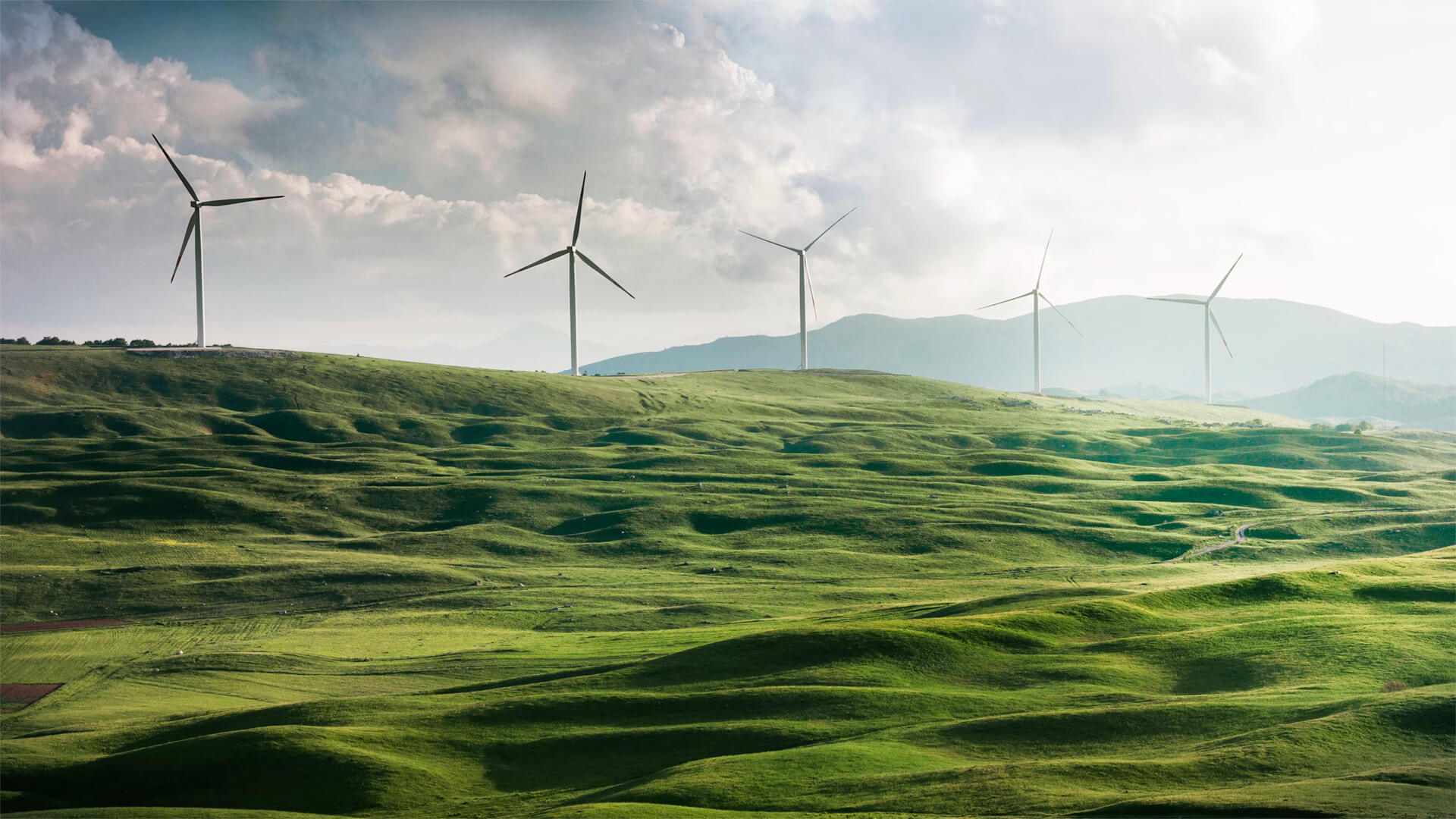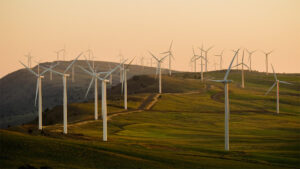Would you try to fly a kite when there’s no breeze? Or try to surf when there are no waves? If you answered ‘no’ to those questions – CONGRATS – your basic analytical skills are much better than those tasked with the green energy buildout. Now we just need to test your math skills…
With a resurgence of manufacturing and industrialization in the US, electricity generation needs will skyrocket. I’m all for green energy, but it needs to be done the right way, in the right places, and with the right energy infrastructure to support it.
Conservative estimates show electricity demand increasing by more than 50%, and the green transition will complicate that even further. I’m still a Green, but no matter how hard we try – green energy isn’t going to solve this problem alone.
Here at Zeihan On Geopolitics we select a single charity to sponsor. We have two criteria:
First, we look across the world and use our skill sets to identify where the needs are most acute. Second, we look for an institution with preexisting networks for both materials gathering and aid distribution. That way we know every cent of our donation is not simply going directly to where help is needed most, but our donations serve as a force multiplier for a system already in existence. Then we give what we can.
Today, our chosen charity is a group called Medshare, which provides emergency medical services to communities in need, with a very heavy emphasis on locations facing acute crises. Medshare operates right in the thick of it. Until future notice, every cent we earn from every book we sell in every format through every retailer is going to Medshare’s Ukraine fund.
And then there’s you.
Our newsletters and videologues are not only free, they will always be free. We also will never share your contact information with anyone. All we ask is that if you find one of our releases in any way useful, that you make a donation to Medshare. Over one third of Ukraine’s pre-war population has either been forced from their homes, kidnapped and shipped to Russia, or is trying to survive in occupied lands. This is our way to help who we can. Please, join us.
Transcript
Hey Everybody. Peter Zeihan here coming to you from northern Indiana at the Nipsco coal power plant. That is not a nuclear cooling towers, just coal cooling tower. This power plant is on schedule to be decommissioned around 2025 and then replaced with wind and solar. But I don’t know how many of you guys have been to northern Indiana, but this is neither a windy nor sunny area.
More to the point, if things go with the Chinese and to a lesser degree the Europeans in the direction that I think it’s going to. And if the Americans decide they still want stuff, the industrialization wave that’s coming here is going to be unlike anything we’ve seen before. And it’ll be a lot faster than what we did in World War Two.
But it also means that we need to generate a lot more electricity wherever that comes from, because manufacturing takes more power than services. And doing the processing for things like lithium and steel and the rest takes a lot more power than it does for normal manufacturing. So we need to conservatively increase the power plant in the country and transmission capacity by at least half.
And there’s only been one year since 1960 where we’ve increased power generation in the country by more than two and a half percent. And that’s what we did the year we were coming back from COVID. So that was just turning things back on as opposed to actually generating more. So I’m not saying that coal’s the future or anything like that.
I’m just saying we need a lot, a lot, a lot, a lot, a lot more. And that assumes we don’t do the green transition because if we electrify transport, then we need to double the power plant. And honestly, we need to do this before the end of the decade. So chop, chop.








